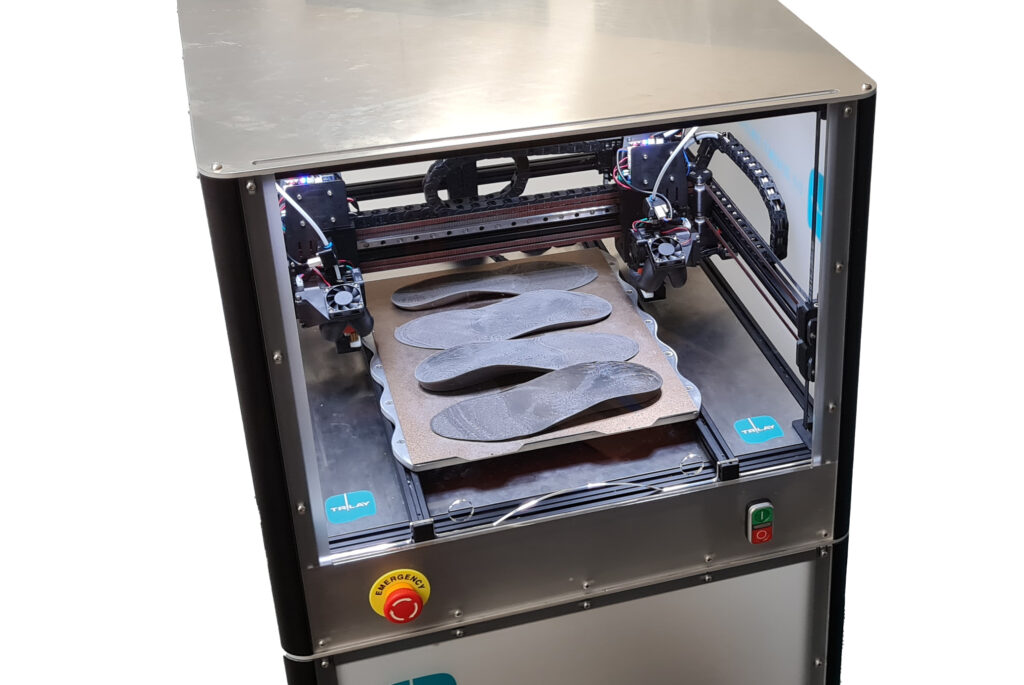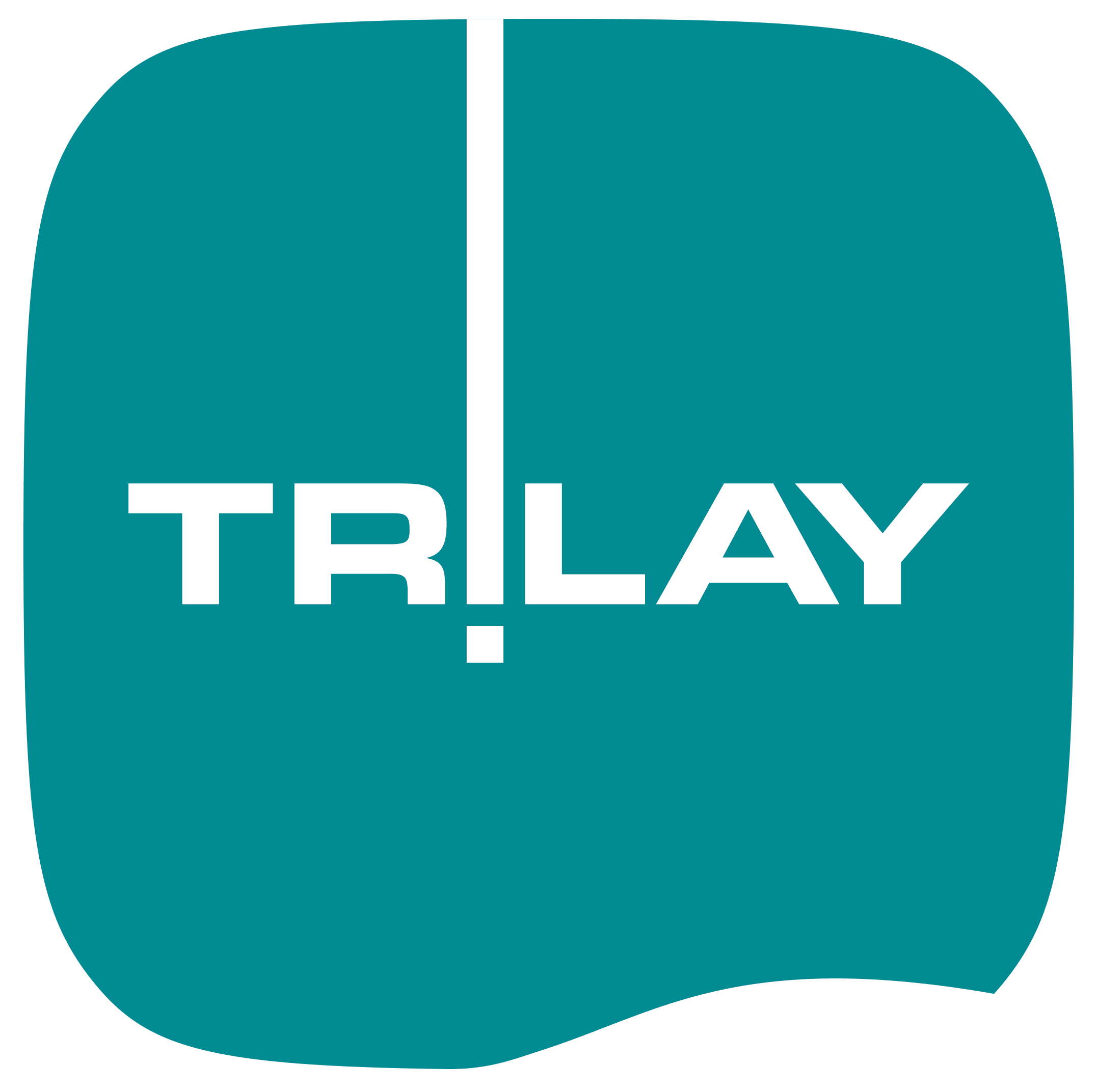TRILAY FAQ

You can register easily and free of charge on our website. To do so, fill out the online form under the menu item "Register". After verification by us, you will receive your access data by e-mail, which you can use to log in to the "Customer login" area. If you have not received access within 24 hours, please contact us directly by e-mail or telephone.
In the test station, you can try out all the options of the configuration portal free of charge, even without registering, and thus learn how the portal works and what adjustments you can make. Registration is only necessary when you want to order.
After you have logged in, you have access to the configuration portal. Here you can customize your insoles to your requirements and then order them.
You have two options to choose from for the configuration: Either you make all the detailed adjustments directly in the online configurator. Or you upload your STL file, which you have already created with your usual software, to the configuration portal and then add the required elements such as inlays and stiffeners.
Falls Sie sich unsicher sind, welche Methode am besten zu Ihnen passt oder Sie noch Fragen haben, beraten wir Sie gern persönlich dazu!

Yes, you can. In the test station you can test the online configurator or the configuration with STL upload for free and view our inlay elements, even without registration. However, orders are only possible when you have access and you are logged in as a customer.
If you have any questions, you can of course contact us directly. You can also use our contact form to select a 20-minute video call appointment by clicking on the "Make an appointment" button.
Bei uns können Sie Schaleneinlagen, Bettungseinlagen sowie stützende Einlagen (jeweils in stabiler und flexibler Ausführung) bestellen. Für alle Einlagen sind Polsterungen, Versteifungen sowie Modelländerungen möglich. Zusätzlich bieten wir auch Rückfußkerne an.
Wir können über die gesamte Einlage Shorehärten von ca. 25 – 40 ShA abbilden. Wenn Sie in Ihrem Betrieb spezifische Anforderungen haben und gerne weichere oder härtere Profile hätten, dann erstellen wir Ihnen auch Druckprofile die auf Ihren Betrieb abgestimmt sind.
With conventional cover materials, which can be bonded with standard adhesives in the industry, covering/covering the insoles is possible without further ado.

Normally, the modeling and implementation of our printed inserts is so good and repeatable that grinding is not necessary. However, if reworking is necessary - for example due to unforeseen changes - sanding is possible as with PU and EVA. For this purpose, we recommend coarse abrasive belts (up to a maximum grit size of 80).

Yes, you can glue printed inserts as usual. To do this, first roughen the material and use the conventional bonding methods with neoprene/polychloroprene, PVC adhesive/plastic adhesive.

Yes, that is possible. With our correction kit, it's quick and easy. You can find the kit in our TRILAYshop.
Yes. We print these elements directly into the insert.

Like our padding elements, the rigidus spring is printed directly into the insert.

Yes, you can customize the properties of the insole in the insole configurator under "Model changes". This includes, among other things, the long arch, pad and heel height, the pad position, and inner and outer rim elevations.

Yes. In Germany, the customer's name, the printing date and the MPG number are usually printed on the underside. However, depending on the country and company, the requirements may differ. Therefore, we customize the labeling according to your ideas.

Of course. Together with the inscription on the bottom, we also print your logo. We even recommend that. You send us your logo and we will coordinate the final design together with you.

Ja, unser Material ist hautverträglich. Das Filament ist Schadstoff geprüft, es liegt eine biologische Risikobewertung vor, und ist somit MDR-Konform.
Ja, wir bieten auch 3D-gedruckte Rückfußkerne an. Diese können, genau wie die Einlagen, im Konfigurator bestellt werden.
Grundsätzlich stellt sich hier zunächst die Frage: Wünschen Sie, dass wir den Druck übernehmen, oder möchten Sie selbst drucken? Wenn wir den Druck für Sie übernehmen, haben Sie die Wahl zwischen unserem Druckservice und einer Kapazitätsmiete/Druckflat. Wenn Sie selbst drucken möchten, können Sie bei uns 3D-Drucker sowie entsprechendes Zubehör (z.B. Filament) für Ihren Betrieb kaufen.
For almost any shoe. Our molds can be flexibly combined with different insoles and different thicknesses.
Yes, this is possible without any problems. 3D printing makes it possible to print any shape. If you are interested in 3D printing your own shape, please contact us.
We are system-open, so we can process exports from common modeling programs. You can upload exports in *.stl or *.3mf format in the configuration portal.
That's no obstacle either: for a fee, we digitize your own molds. These can then only be viewed and ordered by you personally in the configurator. Of course, the same applies here: Inlays, rigidus springs, etc. can all be ordered in the configurator.
Depending on the size and material combination, it takes between 60 - 120 minutes to print a single insole. A pair of insoles size 42 with padding is about 3 hours.
We offer different filaments for printing inserts. TRILAY SL is our high speed TPU with a hardness of approx. 90-95 ShA. For inlays and lettering, the TRILAY ELX filament series offers a softer, also TPU-based alternative, which is approx. 80 ShA.
Once the inserts are free of cover and the adhesive residues, they can be remelted and drawn as new filament, for example.
Up to two pairs of insoles in size 45 can be printed on our 3D printer at the same time. This corresponds to a printing time of approx. 8 hours

The printer's consumption corresponds to that of a 100-watt light bulb, which is about 0.1kWh. So, on average, you need about 0.3kWh per pair.
Our 3D printers are quiet. It is possible to have a conversation in normal volume right next to the printer without any problems and without the printing noise disturbing.
No, there is usually no waste. Therefore, switching to 3D printing also reduces the amount of waste disposal - in addition to improved working conditions due to reduced dust and noise pollution.
Yes. Our 3D-printed inserts allow you to make the best use of your resources in your company. You can thus use machines, personnel and your time where they are urgently and profitably needed. 3D-printed inserts allow you to achieve repeatable accuracy with the highest quality.
Yes, they are in no way inferior to conventional insoles.
The requirements as a medical device on our part are given and our 3D-printed insoles meet the requirements of the catalog of medical aids. Our material is tested for harmful substances, a biological risk assessment is available, and is therefore MDR-compliant.
